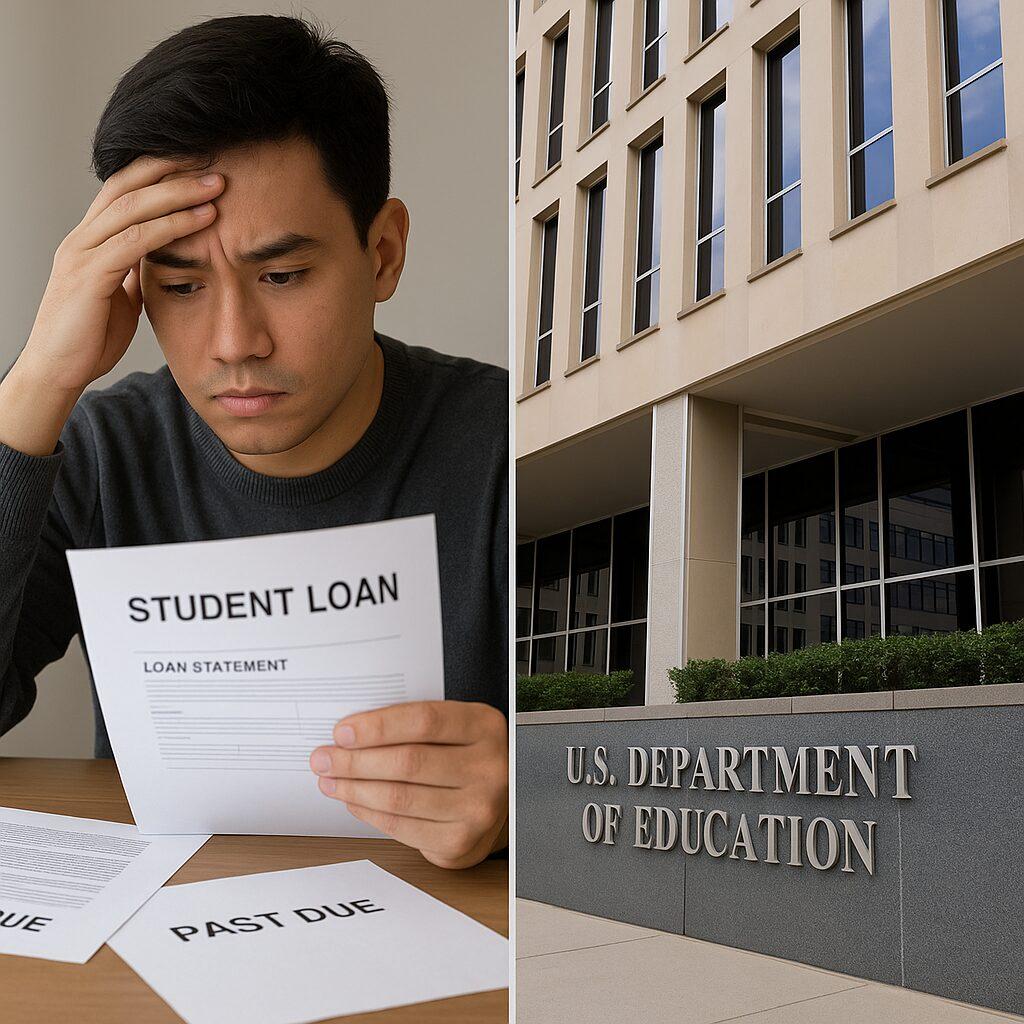ACROSS the nation, gas prices are on a downward drift. However in California, prices are rapidly shooting up – and drivers are angry.
Analysts predicted that prices will peak at $4 a gallon for regular gas before California drivers – who pay nearly 70 cents more than the national average – will get a break.
“I use the GasBuddy application and I’ve been monitoring it, it has been going up,” said Amy Rayls-Gravem of Sacramento, who decided to fill up at her local Costco for $3.05 a gallon. “It’s like $3.35, $3.53 further up that way, so I drove here for the lower price.”
A shortage in oil and other components used in refining California’s unique blend of less-polluting gas was one of the reasons for the recent price jump, said industry analyst Trilby Lundberg. A lack of ingredients used in the blend attributed to the 12-month low in supplies.
Experts said a major slowdown in imported crude and a refinery shutdown in Torrance also caused wholesale gas prices to skyrocket.
“It affects me because I used to be able to fill up my entire tank with $25, but now with the current prices that only fills a little over half of the tank,” said Marian Sobretodo, 23, from Walnut, Calif. “I really want to take advantage of the time I have now, with no job at the moment, to go sightseeing and visit places. But I can’t because gas is eating up all my money.”
According to a bi-weekly survey conducted by Lundberg, prices rose another 13 cents in Southern California over the past weekend. The average price in the greater Los Angeles area as of Monday, July 13 went up to $4.05 a gallon (up from $3.92), the Auto Club said.
Prices in Los Angeles are about 30 cents higher than the state average of $3.715, and about $1.28 higher than the national average of $2.77, according to AAA. The AAA price showed a 15-cent increase on Tuesday, 28-cent increase from Sunday, and a 67-cent increase from last week.
Prices also wildly varied in different neighborhoods of the same area. Two competing gas stations in Woodland Hills, which normally charge about the same price, were 58 cents apart on July 11, according to City News Service. A gallon cost $3.72 at one station, and $4.30 at the other.
On July 14, a fuel station in Brentwood advertised $5.89 for a gallon of regular gas, and $5.97 for premium.
“I think it’s absurd that the prices are constantly fluctuating, but I think it’s even more absurd that the technology exists for alternative fuel cars but we aren’t making it more widespread to make personal transportation more affordable for people,” said Kelvin Rodeo, a Fil-Am student at Pasadena Community College. “The gas price increase affects me because I drive around a lot to take missionaries for my church to wherever they need to go, and a lot of times I’m having to dish out $20 just to make the trip out there and get home at night.
However, the worst effects of the spike eased slightly Sunday as foreign wholesalers moved quickly to bring their product into California. “Exports from outside the state in the US and abroad did not have a great incentive to come in, but now they do,” said Lundberg.
Senior petroleum analyst Patrick DeHaan said that California had become unattractive to foreign suppliers because prices had been dropping for months. A lack of fuel imports to the state are affecting wholesale costs.
The US Energy Information Administration recently reported that the industry had to use 1.1 million barrels of already refined gasoline from its limited supply. About a third of those barrels affected the Southern California region.
“We have no gasoline as of Monday heading for the California coast,” DeHaan said. “It’s a dire situation.”
DeHaan said the average gas price is likely to rise as much as 50 cents, before peaking over the next week. Then, “shipments from foreign suppliers [in Europe and Asia] are likely to pick up and ease the crunch.”
“High prices always attract more gasoline cargos,” DeHaan added.
Some consumer advocates and politicians allege that oil refineries are manipulating California gas costs. They blamed exacerbated problems like worker strikes, and the Torrance refinery explosion in February. Academics say that the unique (and complicated) way California gets and sells gas is the real cause.
“The market clearly became obsessed with the possibility that supply was going to be hard to find, and in the process, started raising their offer prices for what gasoline was available,” a statementfrom GasBuddy.com, a free real-time gas prices forum, read.
GasBuddy CEO Jason Toews has asked California Gov. Jerry Brown to issue a waiver to help strengthen supply and reduce price escalation for the current increases. GasBuddy is also behind a Change.org petition for temporary fuel waivers, which has nearly 1,500 supporters.
“California gas prices are climbing, and there is no immediate relief in sight,” the online petition read. “GasBuddy believes that Southern California could see prices increase at least 50 cents a gallon by next week; Northern California could see increases up to 20 cents per gallon if no steps are taken to immediately rectify the situation.”
“In the public interest to bring some relief for consumers; to help alleviate the supply problem and mitigate the price increases, we are asking Governor Brown and the EPA to issue a waiver on California’s specific gasoline mandates (CARB requirements) until these extreme circumstances are corrected.”
Nationwide, the average price of gasoline dropped 2 cents over the past two weeks to $2.38 a gallon. The average national price for midgrade gas was $3.05, with premium fuel going for $3.22, according to the Lundberg survey.
The cheapest recorded price in the continental US was reportedly $2.42 a gallon in Jackson, Mississippi.
Fil-Am drivers in the West Coast expressed their commuting concerns for the future.
“It’s a little tough filling up on the budget, since I’m still on that recent grad salary, but the good thing is that I carpool to work so I don’t fill up too often,” said Sara Layon, 22, from the East Bay. “I do think that if gas prices keep going up, we’ll see a rise in the use of electric/hybrid cars, for those who can afford it. I’ve definitely seen a lot more up north, especially with all the Silicon Valley people here. I have a lot of friends that drive fuel-efficient cars.”
“My work commute is longer and I stopped using freeways,” said 21-year-old Jeffrey Surban from San Francisco, who now pays over $45 each time to fill his tank. “Now that this whole gas thing is nuts, I might just ask my parents for a Costco card.” (with reports from ABC 7, USA Today, Los Angeles Times, KTLA5, GasBuddy.com)






